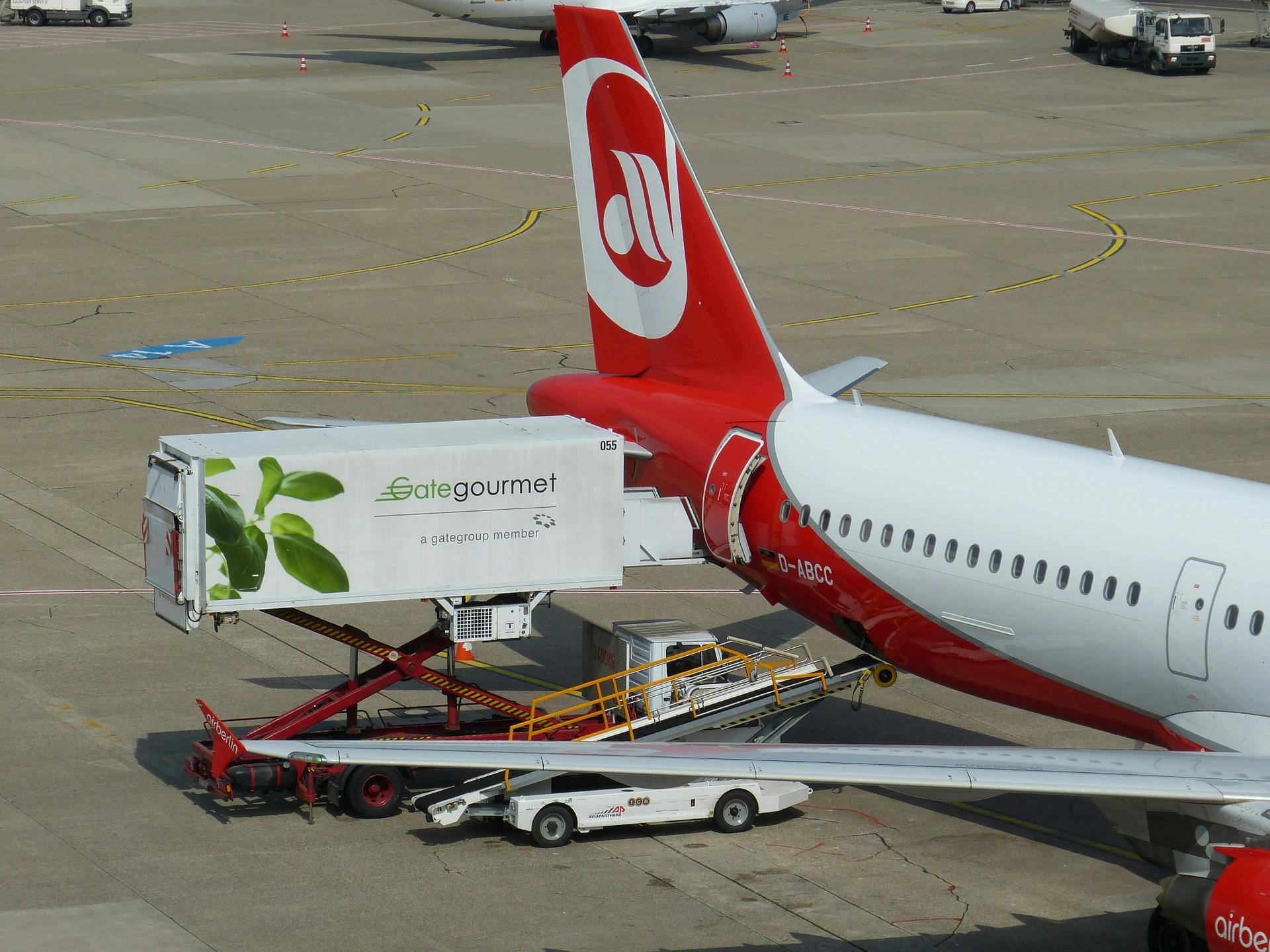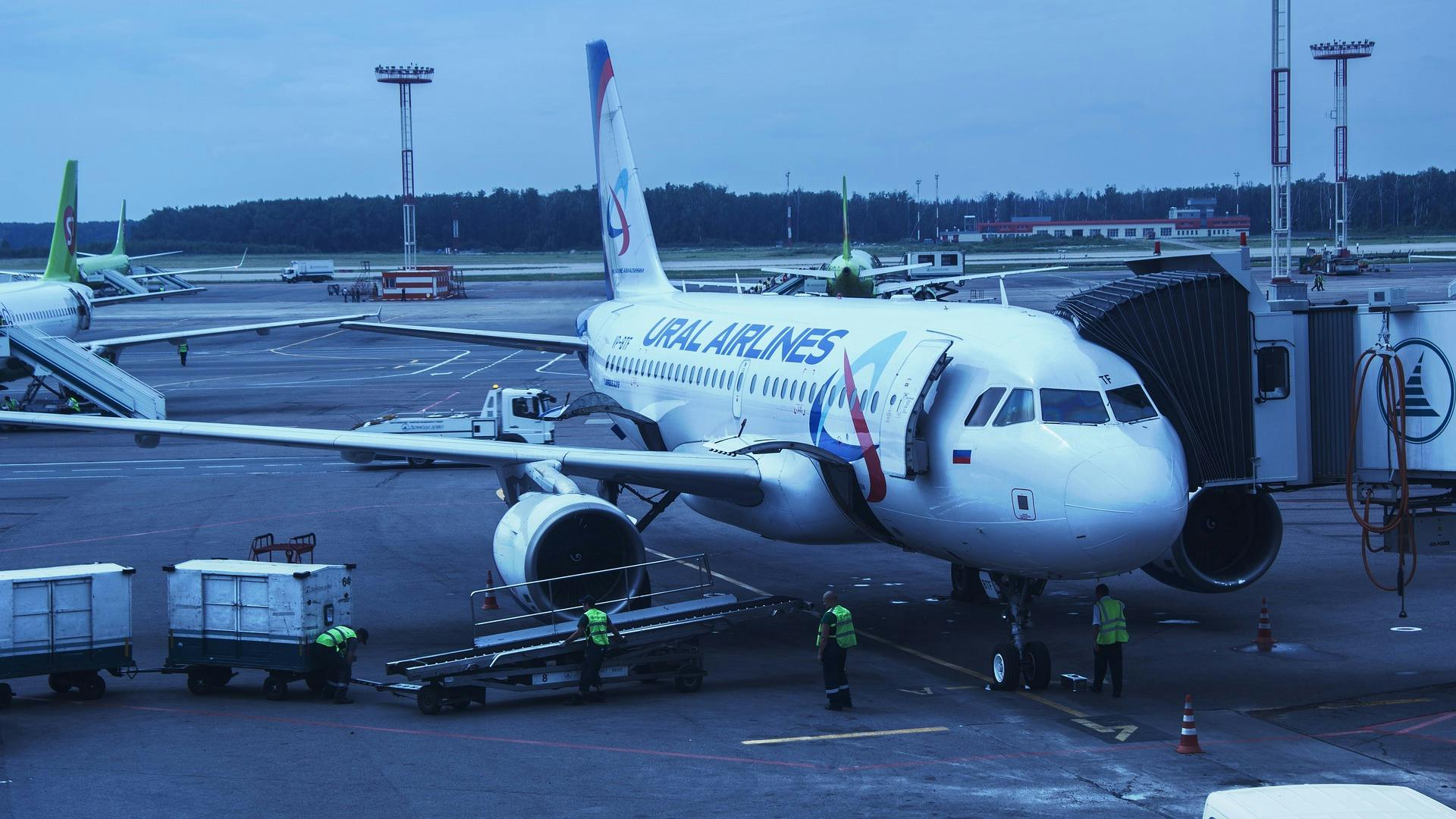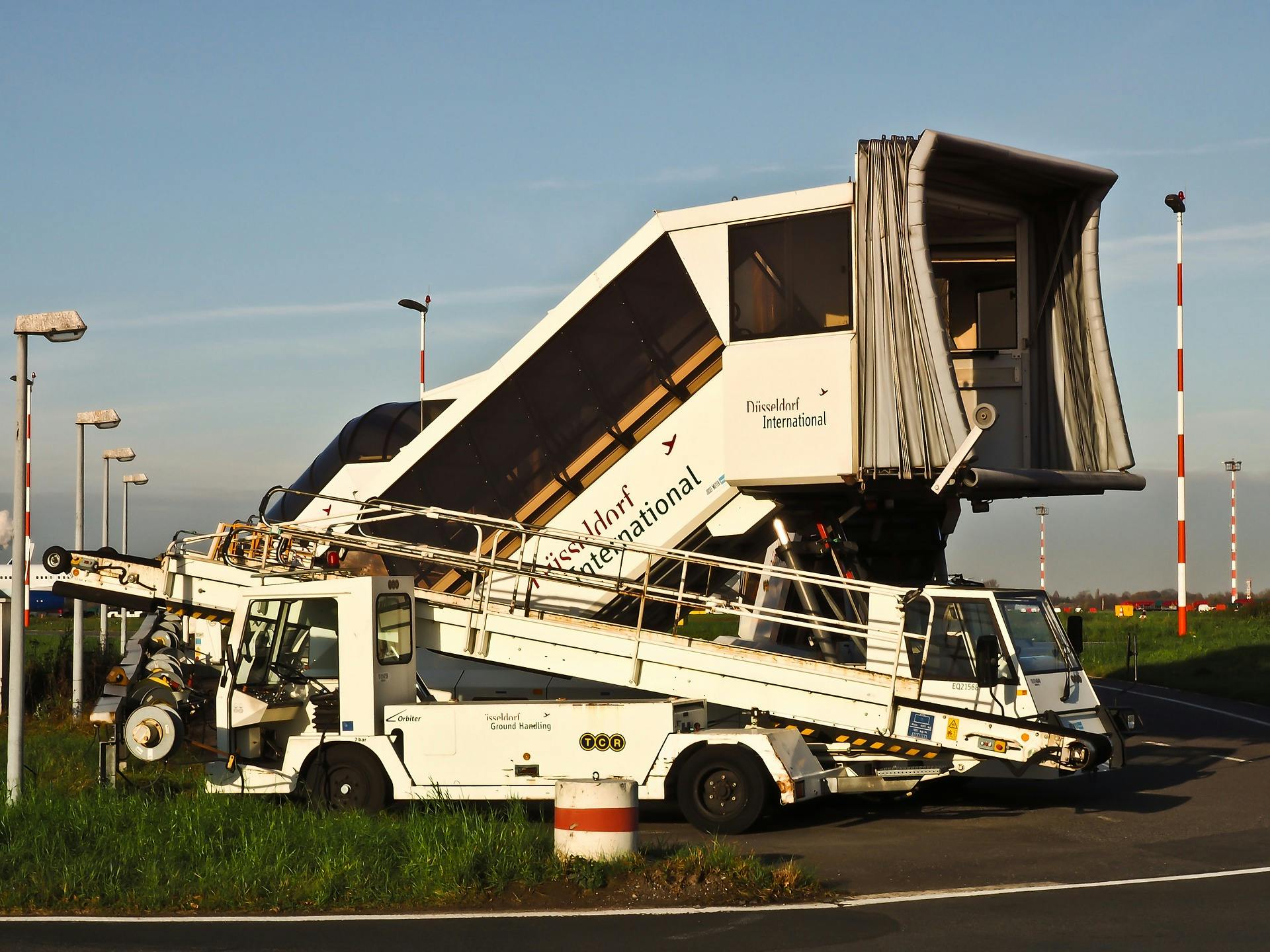When you think of the most important pieces of ground support equipment (GSE), you probably don’t think of belt loaders. After all, they aren’t vital to the maintenance or movement of aircraft. But belt loaders do have one very important task, the loading and unloading of aircraft cargo such as suitcases. Without these pieces of machinery, the loading and unloading of large planes would take much longer — and as we all know, time is precious on an airfield.
What is a Belt Loader?
A belt loader is a vehicle with a conveyor belt on top. These conveyor belts can be lifted at an incline, either in one direction or both. In some cases, the belt can be further extended for extra reach. Cargo is then loaded onto the belt to be taken up into an aircraft hold or back down to the ground.
Why do You Need Belt Loaders?

While belt loaders are not needed for small planes, they are vitally important for large passenger and cargo planes. They expedite the cargo loading process, which saves both time and money. One alternative option involves using lifts to bring cargo up to the aircraft hold. This takes much longer as it must be done in multiple waves rather than a continuous stream.
Aside from the time and money they save, belt loaders are also much safer than their alternatives. First, the cargo being taken in and out of the hold is handled with more care. Cargo, such as suitcases or other potentially fragile objects, is gently brought into the aircraft or back down to the ground by the belt. Second, it’s safer for ground support employees. The belt loader does all of the heavy lifting so there is minimal risk of injury.
NMC-Wollard Belt Loaders
FlyTek GSE services NMC-Wollard belt loaders of all kinds. Whether they’re electric, gas, or diesel powered, we have experience maintaining and repairing them. There are two main models of NMC-Wollard belt loaders available today, the TC-888 and the TC-999.
TC-888

The TC-888 is a more traditional belt loader. It comes in electric (AC/DC), gas, or diesel variants. The belt can be lifted at either the front, back, or both depending on the angle of incline needed. It also holds up to 2,000lbs when fully inclined, meaning just about anything that can fit on the belt can be sent up into an aircraft.
As far as safety is concerned, the TC-888 comes with a number of standard features. These include a backup alarm, a hand rail along the right side of the belt, four emergency stop buttons, and head/tail/stop lights.
TC-999
The TC-999 has quite a few improvements over the TC-888. Not only does it come in electric (AC/DC), gas, and diesel options, but it’s also available in liquid petroleum and dual fuel options as well. The belt on the TC-999 can also be extended further and can even be articulated around corners. Further, in case of a power outage, a hand crank is located below the belt to manually retract the extension.
While the TC-888 is safer for workers than non-belt loader alternatives, the TC-999 goes even further beyond. It can support the same amount of weight and includes all of the safety features of the TC-888. But what makes it stand apart is the ergonomic belt extension. Not only does this loader bring cargo up to the aircraft hold entrance, but it can bring it all the way inside the aircraft, including around corners. This means employees inside the hold don’t need to venture near the open door to pull heavy pieces of luggage inside.
Belt Loader Maintenance and Repair

Having a broken down belt loader is the same as having no belt loader. And even if the majority of the loader is working properly, just one broken part can compromise the entire system. For example, leaking hydraulics might not seem like a big deal if the belt can still be lifted to the maximum height. But once heavier weights are placed on the belt, the pressure in the hydraulic cylinder may no longer be able to support it. Even something as simple as a broken tail light can lead to an employee injury.
For these reasons, it’s not only important to fix issues as soon as they occur, but also to invest in a preventative maintenance plan. A robust maintenance plan will help prevent damaging issues from arising in the first place. And to save you even more time and money, FlyTek’s mobile repair unit was purpose built for onsite repairs and maintenance. Rather than bringing your equipment to us, we’ll come to you. We can service every part of your belt loader, from the hydraulic cylinders, pumps, and tanks, to the batteries and instrument panels.
Conclusion
Belt loaders are some of the most important ground support equipment for passenger and cargo aircraft. But despite this, they’re often overlooked because they don’t play a direct role in the movement and maintenance of aircraft. Instead, they make the loading and unloading of cargo and luggage both faster and safer. And to ensure your belt loaders remain operational when you need them most, a preventative maintenance plan is highly recommended.
FlyTek GSE
When your NMC-Wollard belt loaders are in need of preventative maintenance or repair, contact the experienced technicians at FlyTek GSE. We’ll help you set up a maintenance plan to keep your equipment up and running, and if it ever requires repairs, we’ll bring our mobile repair unit directly to you.

